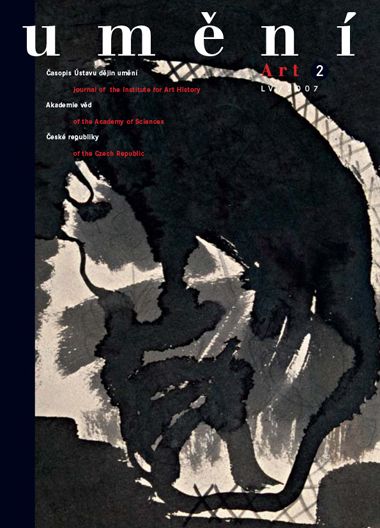Rostislav Švácha (ed.)
Max Dvořák, Francesco Borromini jako restaurátor
The concerns of art history and the preservation of monuments intersect in Max Dvořák's article about Borromini's reconstruction of the Basilica di S. Giovanni in Laterano in Rome (Beiblatt für Denkmalpflege, 1907). There, Dvořák follows the ideas in Alois Riegl's book Spätrömische Kunstindustrie (1901) and defines architecture as shaped space and shaped mass. This conception undoubtedly resonated with the trends of early Modernist architecture at the beginning of the 20th century. Nonetheless, Dvořák sees its predecessor in the Baroque, in the architectural work of Michelangelo and Borromini. Both of these artists deviated from the 'objective' tectonics of the Renaissance. Borromini moulded the mass and space of a building in a more daring manner than Michelangelo. According to Dvořák, what distinguishes Borromini's reconstruction of the Laterano basilica is the architect's ability to integrate the old part, in particular the Gothic and Renaissance tombstones, into the new whole and complement them in a totally modern style. In this presentation of Borromini, one can hear Dvořák's polemic with the architects of historicism, who returned old monuments to a hypothetical original state, guided by their own ideas about the old styles. Reacting against this, Dvořák suggests that modern architects should restore old monuments in a manner similar to that of Borromini: with piety, but also with additions that are totally modern. Of course, Dvořák's emphasis on the piety of Borromini's renovation of the Laterano basilica is exaggerated. The architect's client, Pope Innocent X, showed more piety than the architect in deciding about the matter.
Full-text in the Digital Library of the Czech Academy of Sciences:
https://kramerius.lib.cas.cz/uuid/uuid:81386db8-155b-488a-9500-a6370cd73b55
< back

